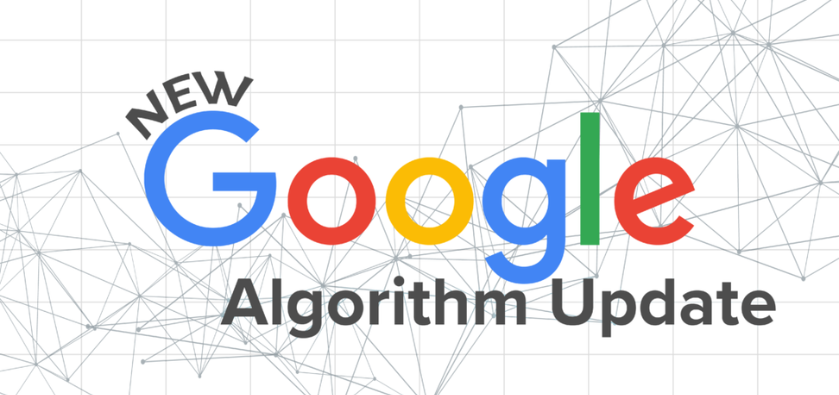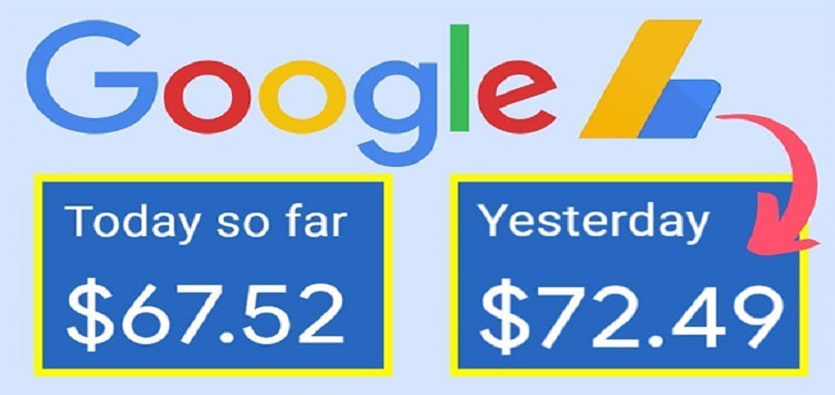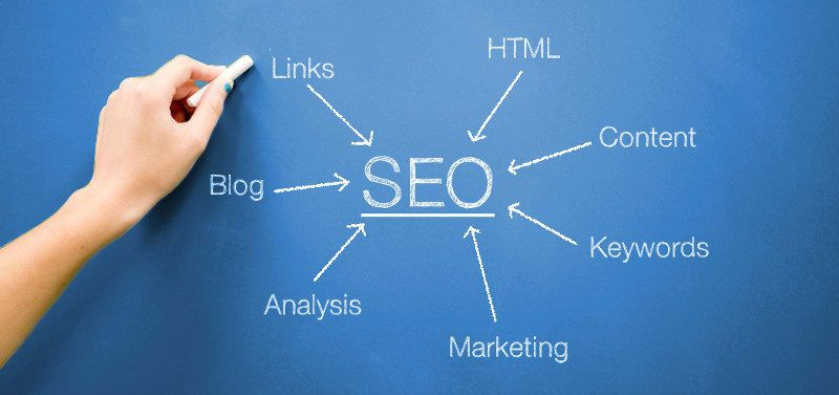The digital landscape is constantly evolving, and search engines like Google are continuously improving their algorithms to provide users with the most relevant and useful information. In this pursuit, Google has introduced the Helpful Content Update, which aims to prioritize content that provides genuine value and addresses user intent. With this update, Google seeks to enhance the search experience by favoring content that goes beyond mere keywords and focuses on helping users find the information they need. In this article, we will explore the key aspects of Google's Helpful Content Update, understand its significance, and discuss effective strategies to optimize content for improved search rankings.
What is the Helpful Content Update?
Google's Helpful Content Update is a recent algorithm change that aims to prioritize high-quality, informative content in search results. This means that websites with helpful and relevant information will have a better chance of ranking higher on Google.
Why is Google introducing this update?
Google's mission has always been to organize the world's information and make it universally accessible and useful. With the Helpful Content Update, Google is furthering this mission by ensuring that users are provided with the most helpful and relevant content to their queries. By favoring informative content, Google aims to improve the overall search experience for its users.
Understanding the Importance of Helpful Content
The Shift Toward User Intent
In recent years, Google has been placing increasing importance on understanding user intent. It's no longer just about matching keywords but about delivering results that align with what users are actually looking for. With the Helpful Content Update, Google seeks to understand the purpose behind a user's search and serve them with content that precisely meets their needs.
The Role of Helpful Content in User Experience
Helpful content plays a crucial role in enhancing user experience. When users find content that addresses their questions and provides valuable insights, they are more likely to stay engaged and satisfied. By prioritizing helpful content, Google intends to create a better search experience for users, leading to increased user trust and loyalty.
Key Features of Google's Helpful Content Update
Enhanced Search Algorithms for Relevant and Useful Content
With this update, Google has refined its search algorithms to better identify and promote relevant and useful content. It now considers various factors, including content quality, expertise, and relevance to the user's query, to determine how helpful a piece of content is.
Featured Snippets and Knowledge Panels
Google's Helpful Content Update has also placed emphasis on featured snippets and knowledge panels. Featured snippets provide concise answers to specific questions directly on the search results page, while knowledge panels offer detailed information about a particular topic. These features aim to provide users with quick and accurate information from reliable sources.
How to Optimize Content for Google's Helpful Content Update
Conducting Keyword Research Based on User Intent
To optimize content for the Helpful Content Update, it is essential to conduct keyword research that aligns with user intent. Focus on understanding and targeting the specific questions users have, rather than just targeting generic keywords. This will help ensure that your content provides the answers users are seeking.
Creating Comprehensive and Informative Content
When optimizing for the Helpful Content Update, aim to create comprehensive and informative content that offers real value to your audience. Go beyond surface-level information and dive deep into the topic. Providing unique insights, practical tips, and actionable advice will help your content stand out as genuinely helpful.
Structuring Content with Headers and Subheadings
Structuring your content with headers and subheadings not only makes it easier for users to navigate but also helps search engines understand the hierarchy and organization of your content. This improves the usability and readability of your content, making it more likely to be deemed helpful by Google.
Incorporating Visuals and Multimedia Elements
To enhance the helpfulness of your content, consider incorporating visuals and multimedia elements such as images, videos, or infographics. Visual aids can reinforce your message and make complex information easier to understand. They also contribute to a more engaging user experience, increasing the chances that your content will be viewed as helpful by both users and search engines.
By optimizing your content with these strategies, you can increase its chances of being recognized as helpful by Google's updated algorithms, ultimately improving your search rankings and attracting more relevant organic traffic.
Benefits of Implementing Helpful Content Strategies
When it comes to optimizing your website for search engines, implementing helpful content strategies can bring forth a multitude of benefits. Let's take a look at a couple of the key advantages:
Improved Search Engine Rankings and Visibility
By creating valuable and informative content that addresses the needs and queries of your target audience, you increase your chances of ranking higher in search engine results. Google prioritizes helpful content that provides real value to users, so by aligning your content with their guidelines, you can improve your website's visibility and organic traffic.
Enhanced Organic Traffic and User Engagement
When your website offers relevant and helpful content, it naturally attracts more organic traffic. Users are more likely to stay longer on your site, explore other pages, and engage with your content, such as leaving comments or sharing it with others. This increased engagement not only helps improve your search engine rankings but also strengthens your online presence and builds credibility within your industry.
Potential Challenges and Solutions for Google's Helpful Content Update
Despite the many benefits, implementing helpful content strategies may come with some challenges. Here's how to tackle them:
Understanding and Adapting to Algorithm Changes
Google's algorithm is constantly evolving, making it crucial to stay up-to-date with any changes that may impact your website's rankings. To address this challenge, regularly monitor industry trends, search engine guidelines, and SEO best practices. By staying informed and adapting your content strategy accordingly, you can maintain visibility and keep your website optimized.
Addressing User Intent and Query Variations
Understanding user intent and the variations in how people search for information is essential when creating helpful content. Conduct thorough keyword research, analyze search queries, and use tools like Google Trends to identify popular topics and user intentions. By aligning your content with what users are looking for, you can better address their needs and provide valuable solutions.
Conclusion: Embracing Helpful Content for Enhanced Search Rankings
As Google's Helpful Content Update emphasizes the importance of providing value to users, it is crucial for businesses and content creators to adapt their strategies accordingly. By understanding the shift towards user intent and prioritizing helpful content, organizations can unlock numerous benefits such as improved search engine rankings, increased organic traffic, and enhanced user engagement. By implementing effective optimization techniques and staying updated with algorithm changes, businesses can position themselves for success in the ever-evolving digital landscape. Embracing the concept of helpful content is not just a way to meet Google's requirements, but also a means to genuinely connect with and serve the needs of target audiences. By offering valuable information and addressing user intent, businesses can establish themselves as trusted authorities while reaping the rewards of higher visibility and increased conversions.








